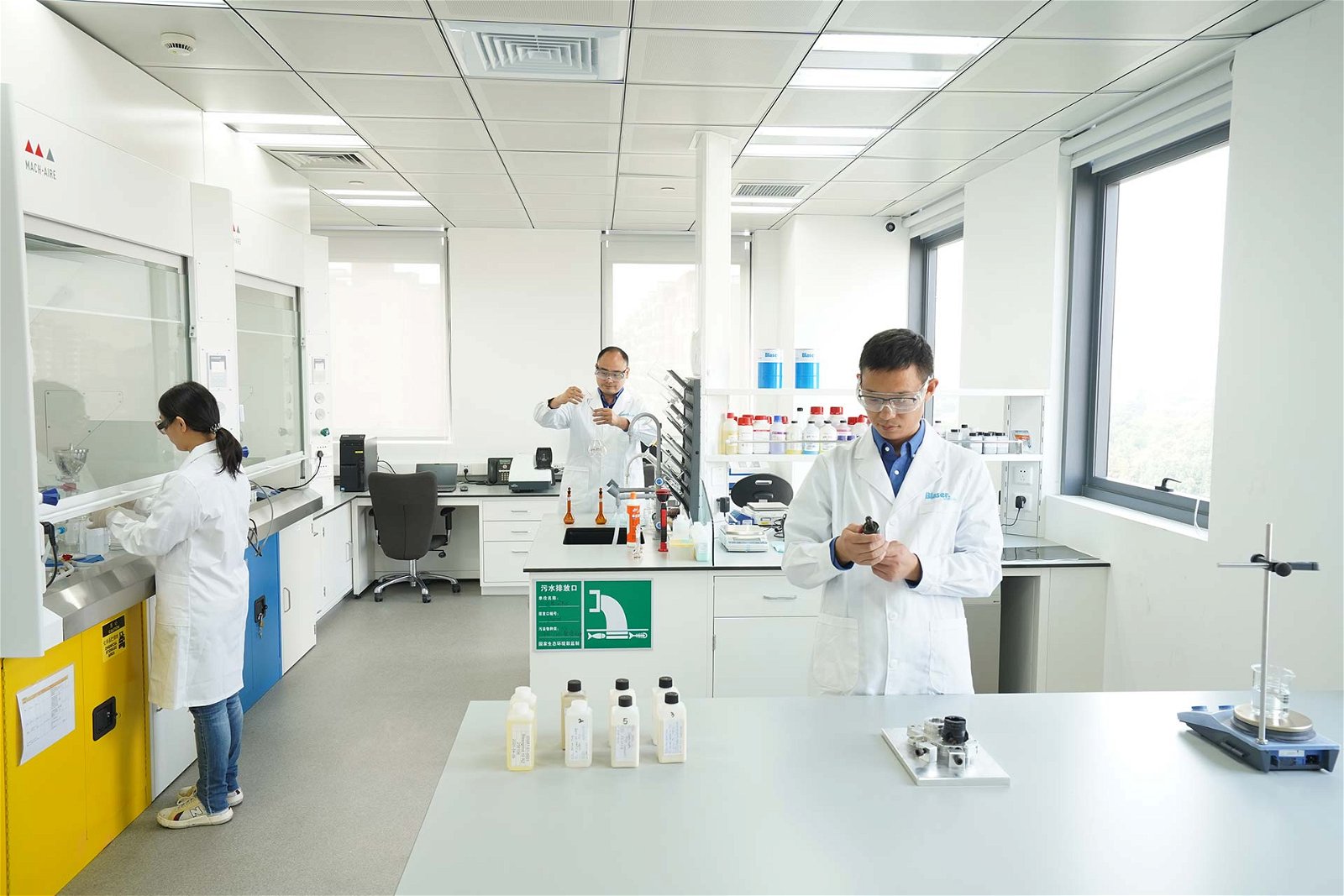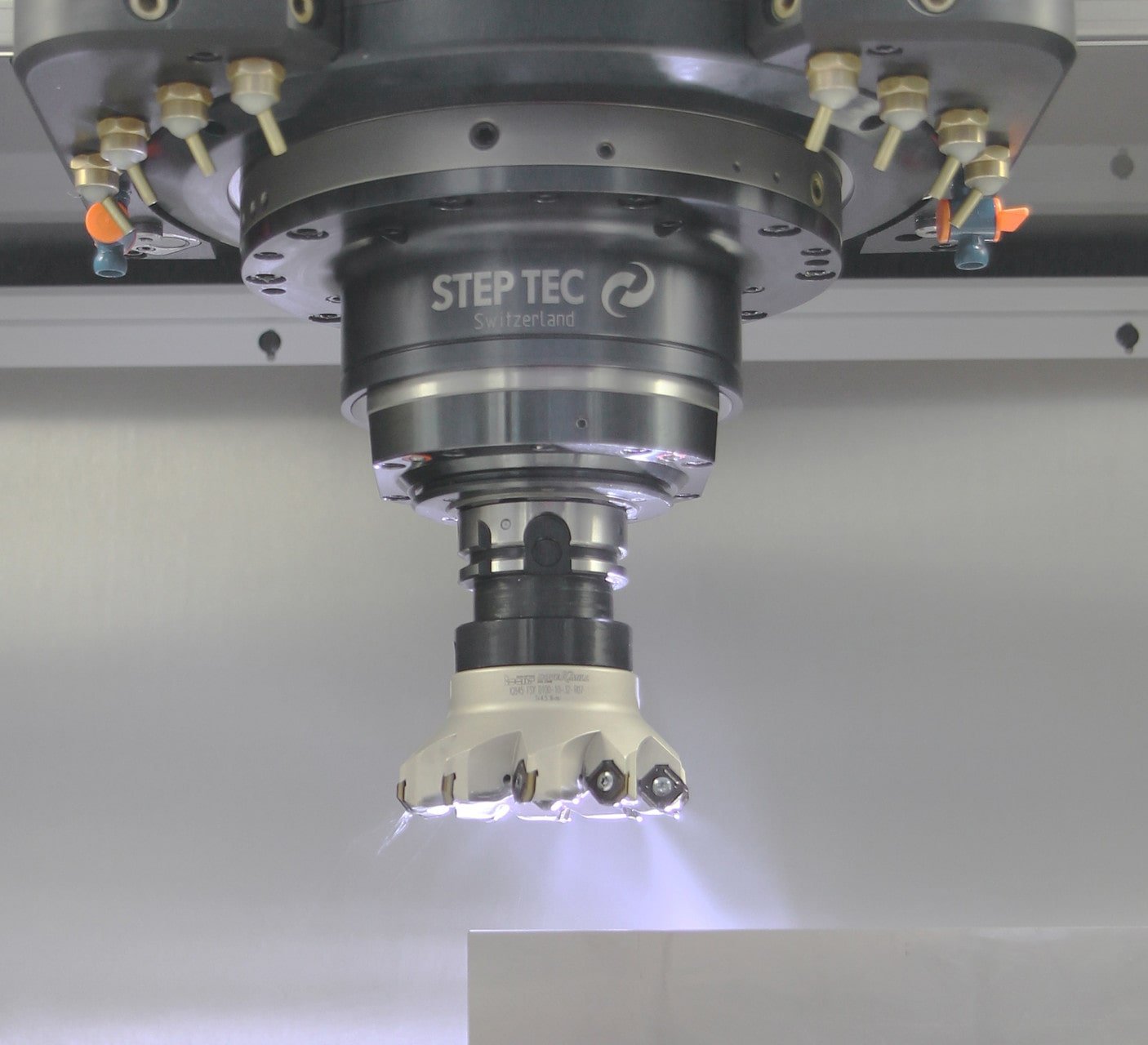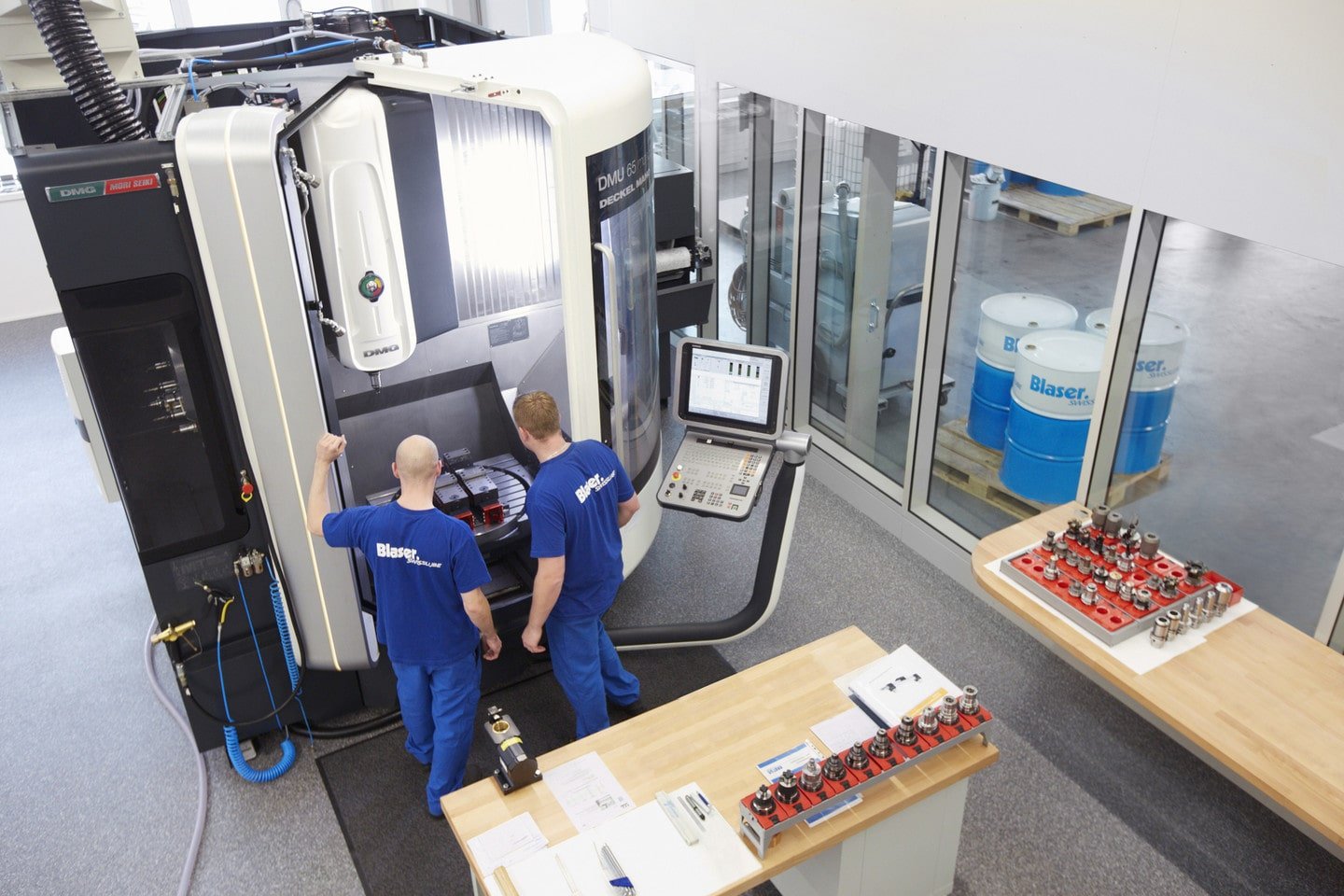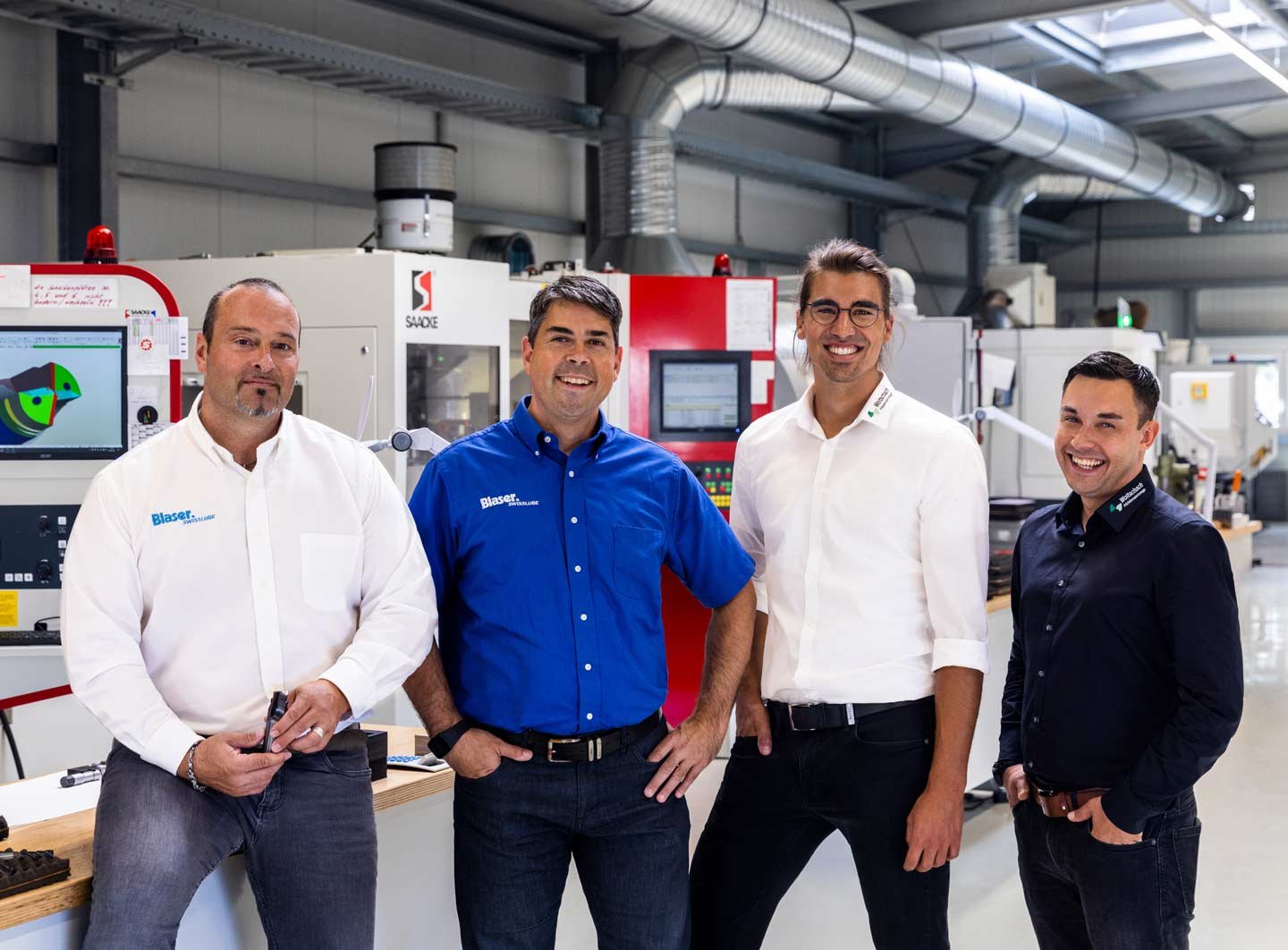DNA and flow cytometry in the microbiology laboratory – CSI from Hasle-Rüegsau
Microscope
The world of bacteria and fungi is extremely varied. In order to understand these organisms, in addition to specialist knowledge and an instinct for investigative research, we need the right instruments in our laboratory. We need effective equipment and closely tailored analysis methods to provide our customers with even faster and more competent information about the used emulsion. Find out more about DNA analysis, flow cytometry and microscopy.
In my last post “What happens to the cutting and grinding fluid samples”, I introduced you to our standard analysis methods (plater & dipslide). These methods offer an overview of which microorganisms are capable of growing on a given nutrient medium. But the ability to grow is just one of many aspects in obtaining information about the (microbiological) condition of a cutting and grinding fluid.
The analysis methods
Unfortunately, there is still no way to determine precisely the number of existing microorganisms or their type and activity in a short space of time. However, there are methods that enable us to speed up certain analyses and obtain more information.
For example flow cytometry. A specially developed measuring method means we can now deliver the cutting and grinding fluid analysis to our customers within a few hours instead of two days. This improvement saves time and money.
Equipment and methods in our microbiology laboratory

Flow cytometry
A flow cytometer enables microorganisms to be fed through a narrow measuring chamber at high speed and measured with the help of several lasers. The cells generate a scattered light which is measured by sensors. The processed data allows us to gain a comprehensive picture of the sample and the microorganisms present. In addition, the cells to be measured can be stained with fluorescent dyes to show the structures or life processes (e.g. activity).
The great advantage of this method is the speed at which analysis can take place. Instead of requiring an incubation period of two days, evaluation with flow cytometry can be carried out within a few hours. This speeds up the customer’s reaction time enormously.
Every organism stores its genetic information in a molecule known as DNA (DeoxyriboNucleic Acid). This stores the information that a cell needs to master all life processes. This stored information differs from organism to organism and thus enables classification on a molecular level.
We use PCR (Polymerase Chain Reaction) to investigate whether and in what concentration a certain microorganism is present in a cutting and grinding fluid sample. This is a commonly used research method for copying sections of DNA and then analyzing them. As a large number of microorganisms may be unable to grow for a wide variety of reasons, we use this method to be able to detect these organisms too. Certain bacteria can even be identified in the cutting and grinding fluid within half a day.
We can analyze residues with a suitable microscope. In this way we can quickly determine whether a residue is of chemical or biological origin. As soon as we know what the residue is, we can carry out further tests to determine the cause and to offer the customer expert assistance. If, for example, it is a fungal residue, a test of resistance to fungicides can be carried out for further clarification. This determines which approved substance is best suited to eliminate this fungus from the system.
More to come
I hope this post has succeeded in achieving greater understanding of the equipment and analysis methods used. We are constantly testing new methods for analyzing cutting and grinding fluids. For example, I am currently working on the evaluation of a model system that will help us research the formation of biofilms and analyze their behavior when we subject them to a stress test with a system cleaner. This project is a major highlight for me personally, because it will make an important contribution to my ongoing further training as a scientific laboratory technician. But more about that another time.
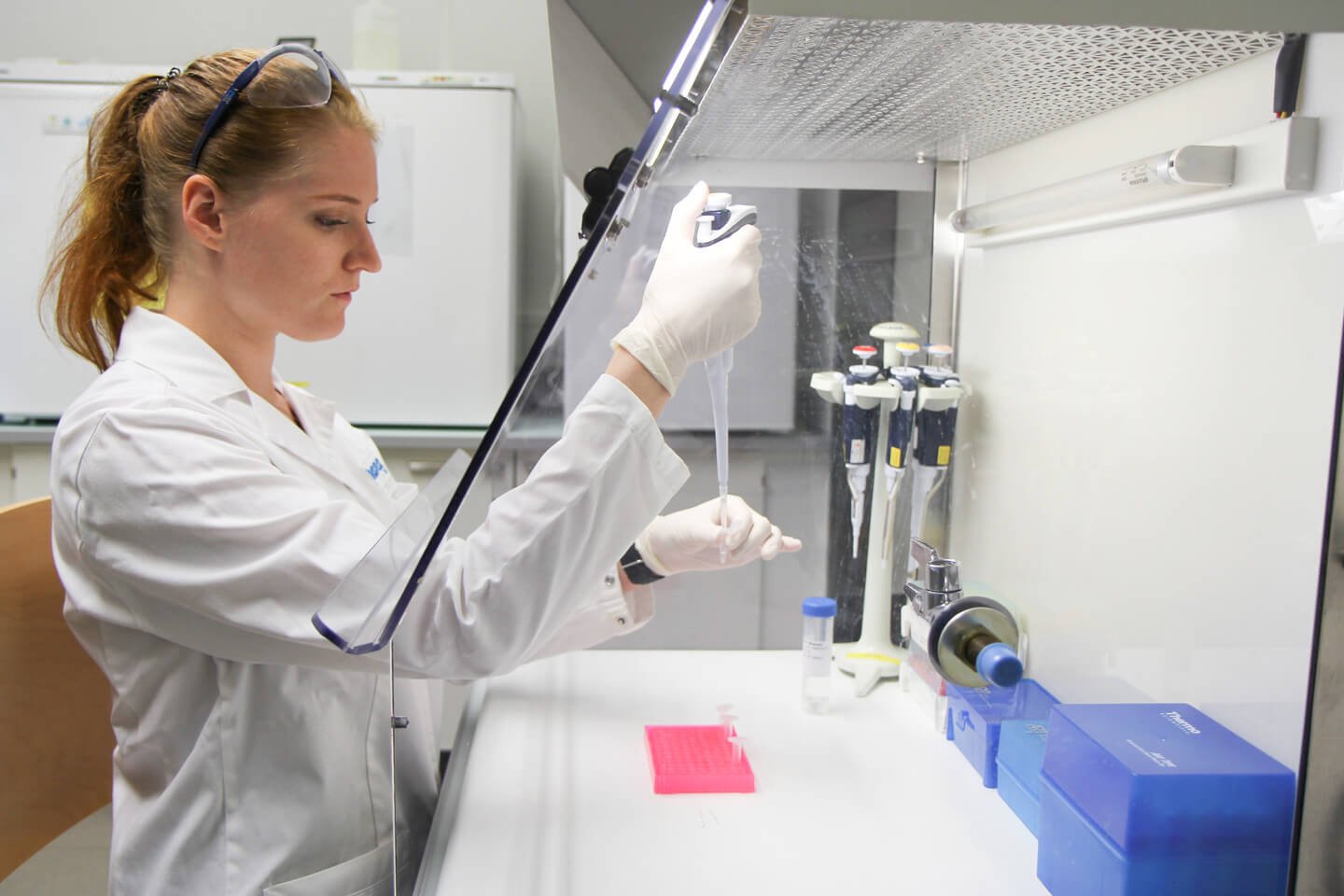
PCR – DNA analysis
